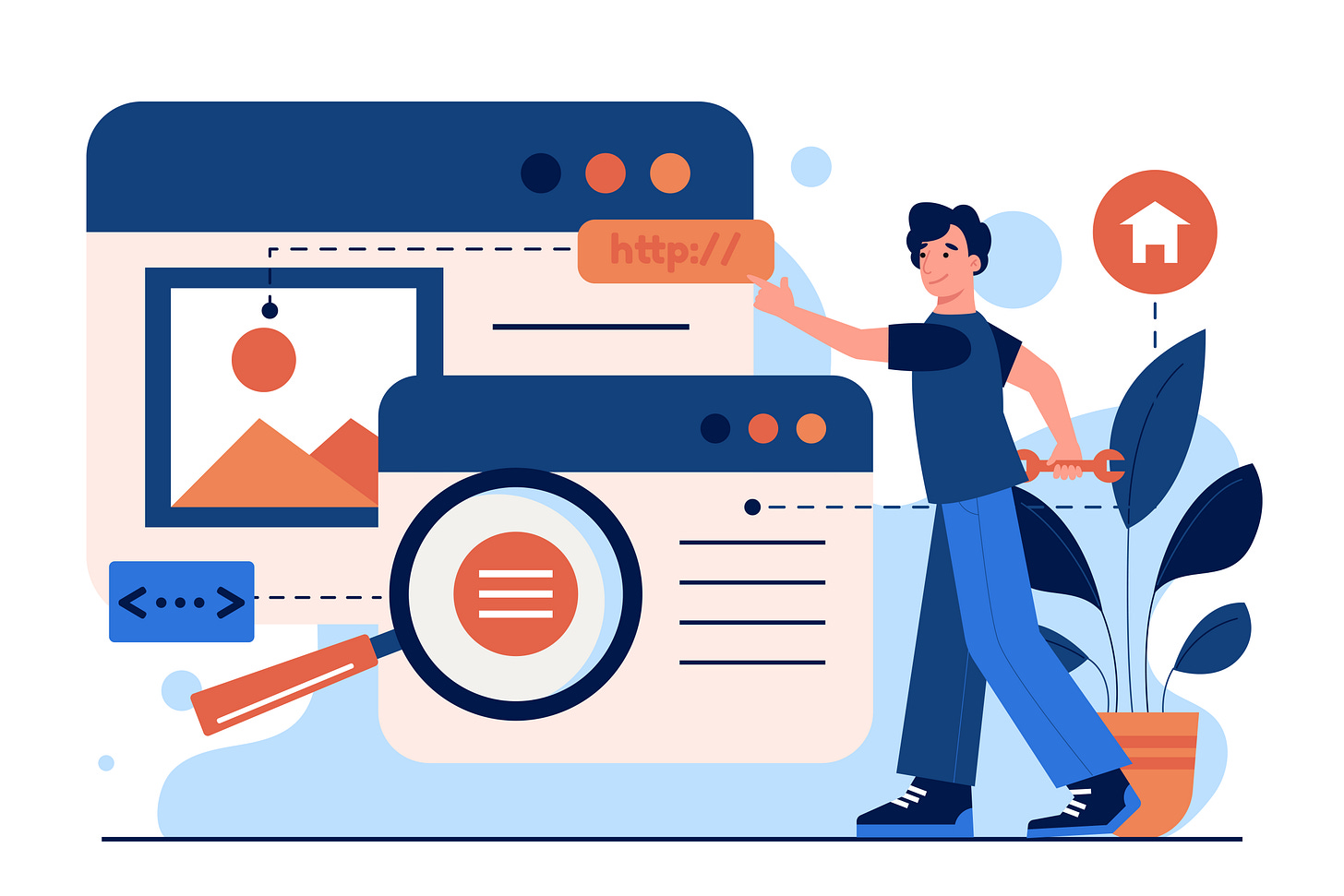Agile vs Waterfall Project Management: Which One is Right for Your Project?
In the world of project management, two methodologies have emerged as the most popular: Agile and Waterfall. While both approaches have their pros and cons, choosing the right methodology for your project can make the difference between success and failure.
Agile methodology is an iterative and flexible approach to project management that emphasizes collaboration and adaptability. The Agile methodology is based on the Agile Manifesto, which values individuals and interactions, working software, customer collaboration, and responding to change.
Waterfall methodology, on the other hand, is a linear and structured approach to project management that emphasizes planning and control. The Waterfall methodology is based on the idea of cascading steps, where each phase of the project must be completed before moving on to the next.
So, which one is better? It really depends on the type of project you're working on.
Agile methodology is best suited for projects that are complex and require frequent changes. This approach is particularly effective for software development projects where requirements can change quickly, and where collaboration between team members is essential. Agile methodology also allows for continuous testing and feedback, which means that issues can be addressed early on in the project cycle.
Waterfall methodology, on the other hand, is best suited for projects that are well-defined and require a structured approach. This approach is particularly effective for projects with a fixed budget and timeline, where changes to requirements are unlikely. Waterfall methodology is also useful for projects where the outcome is known in advance, and where each phase of the project must be completed before moving on to the next.
One of the key advantages of the Agile methodology is its flexibility. Agile teams can quickly adapt to changing requirements and can deliver working software in short iterations. This means that the end product can be delivered faster and with fewer defects. Additionally, the Agile methodology encourages collaboration and communication between team members, which can help to improve the overall quality of the project.
Waterfall methodology, on the other hand, provides a structured and predictable approach to project management. This approach can be useful for projects where the requirements are well-defined and where the outcome is known in advance. Waterfall methodology also allows for better control over the project timeline, which can be important for projects with fixed budgets and deadlines.
In conclusion, both Agile and Waterfall methodologies have their strengths and weaknesses, and choosing the right methodology for your project will depend on a number of factors, including project complexity, budget, timeline, and team composition. The key is to carefully evaluate the requirements of your project and choose the methodology that best aligns with your project goals and objectives.


